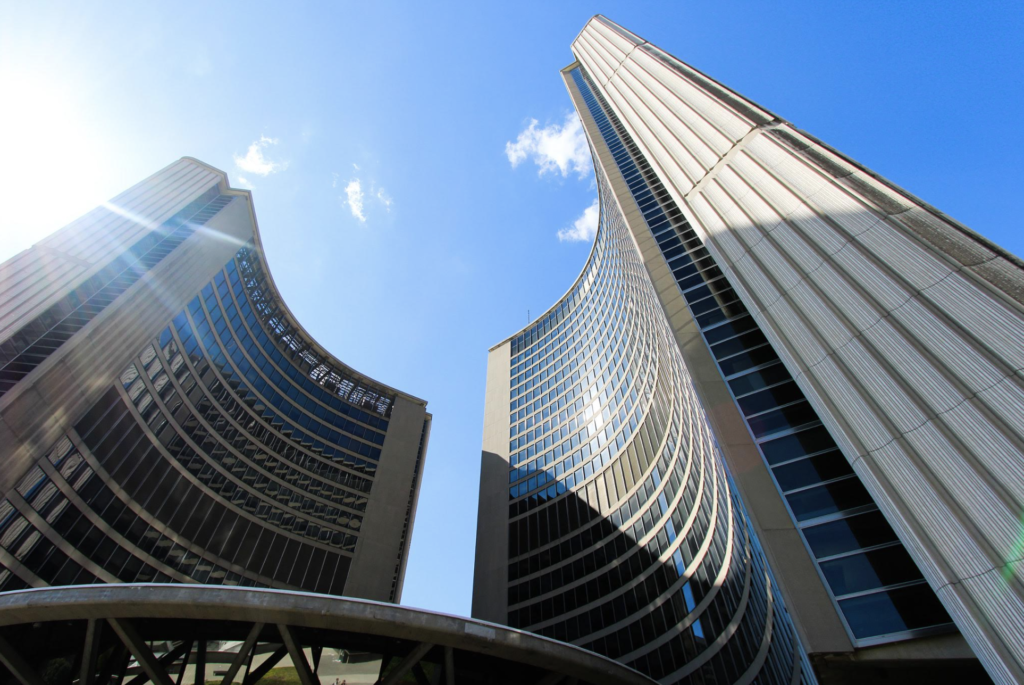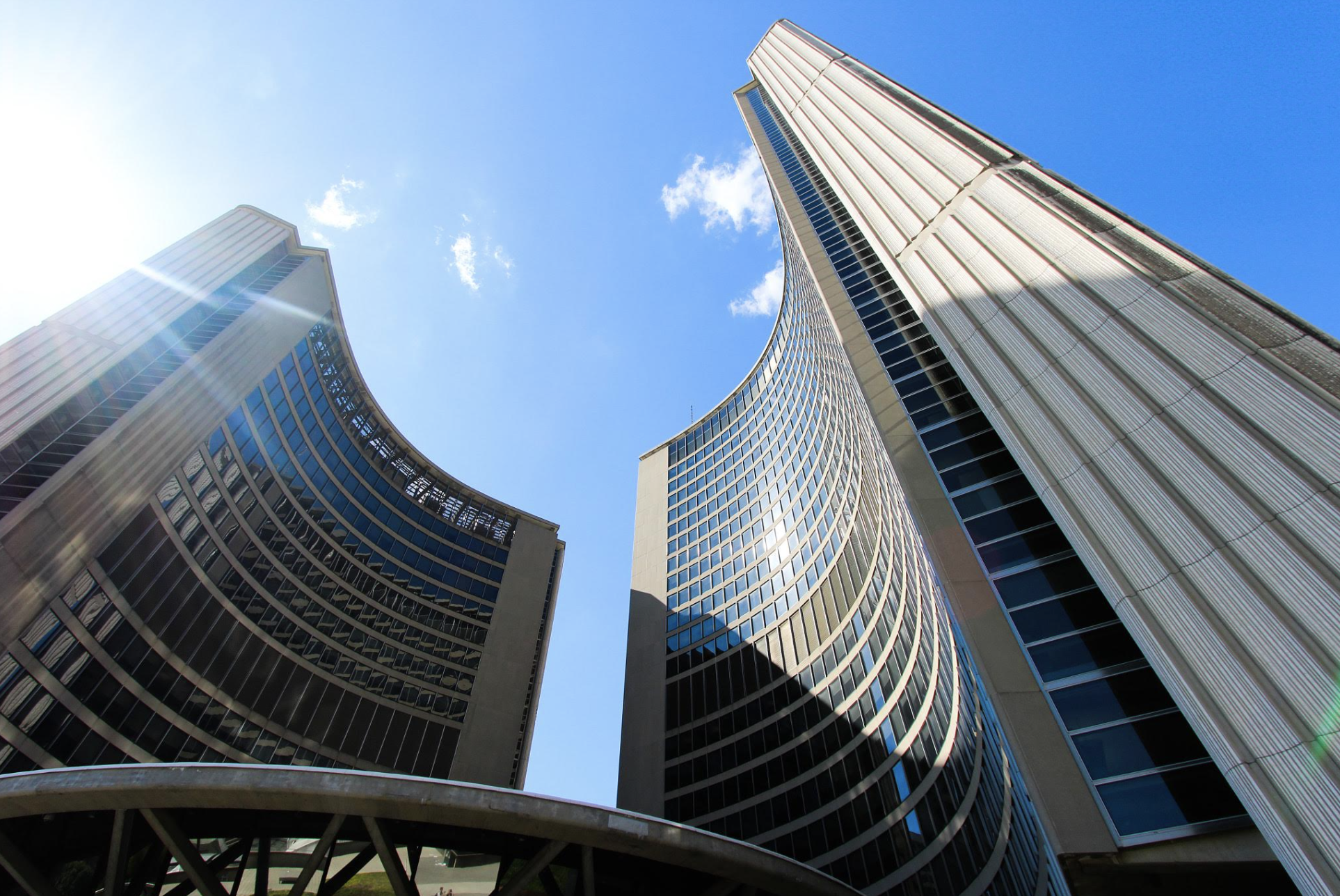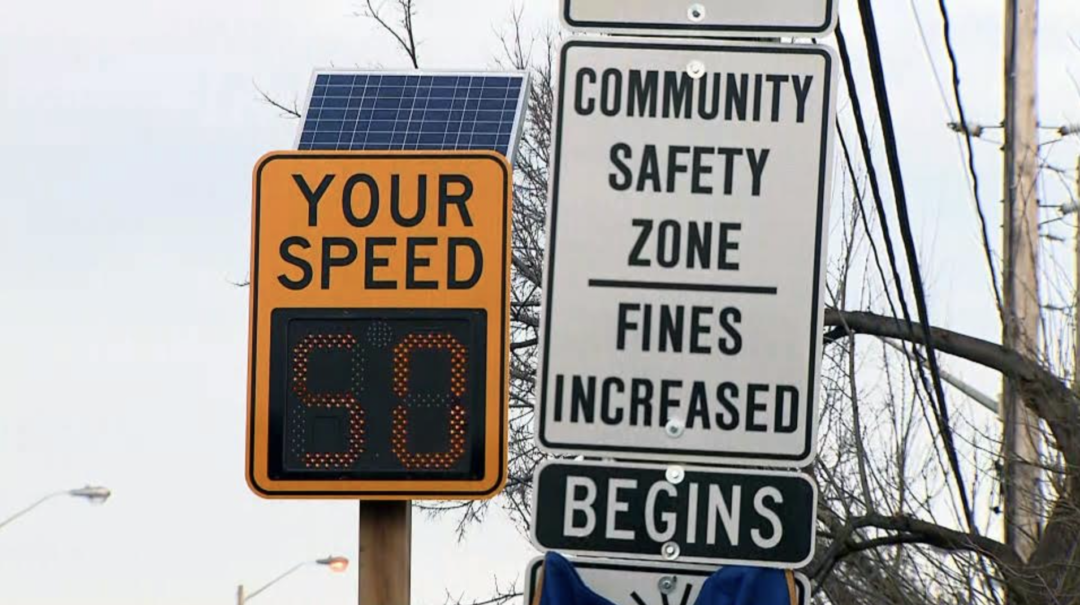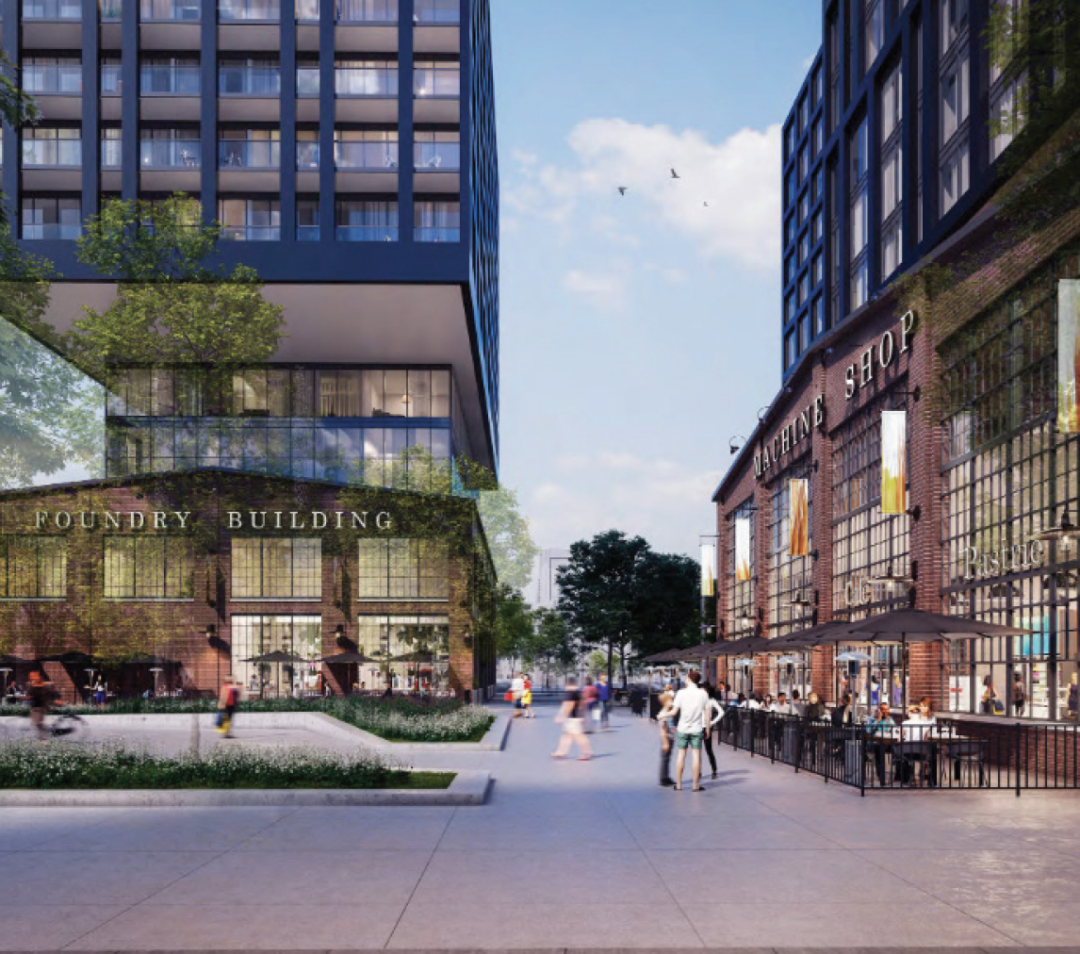
By Elspeth Chalmers
–
The First Parliament Master Plan received unanimous support from the city’s Executive Committee on October 27, but the site’s future is still uncertain.
Though executive approval will “strengthen the voice and position of the city in talks with Infrastructure Ontario and Metrolinx,” according to James Perttula, the city’s director of transit and transportation planning, the provincial government has given no assurances that it will take the plan into consideration as development begins.
Metrolinx’s June 2021 proposal varies greatly from the city’s plan. In particular, the province intends to replace the low-and mid-rise towers with high-rise condominiums. This comes as a blow to councillors and community residents who have been working on site plans for 20 years. Suzanne Kavanagh, chair of the St. Lawrence Neighbourhood Association’s development committee, said the process began as early as 2001, when an archaeological study identified the site of Upper Canada’s first parliament buildings, on the block south of Front Street between Berkeley and Parliament Streets.
In 2003, Mayor John Tory, who came second in the city’s mayoral contest that year, and local councillor Pam McConnell promised that the site would be preserved. After two decades of research and community collaboration she initially spearheaded, the plan was finally completed.
Current Councillor Kristyn Wong-Tam said, “I feel an obligation to finish the work [Mc-Connell] started.” But though the city had offered full cooperation for building the Ontario Line Corktown Station in the area, the province announced it would expropriate the land in January of this year, mainly for residential development.
Developers are already on site despite lack of agreement on the sale price. Metrolinx and Infrastructure Ontario have provided a figure, but third-party valuation is still underway.
Former city planner Lance Alexander cautioned councillors against accepting an initial payment for the expropriated land, saying that could affect its future valuation. According to the amended motion, the city-led First Parliament Working Group and the local councillor will work to determine how the proceeds from this forced sale can be used to serve the community and achieve some of the goals of the First Parliament Master Plan. The initial payment by Metrolinx will remain in trust in the Land Acquisition Reserve until plans for the site are finalized.
Many are disappointed by the compromise. As several speakers noted, the city never intended to use the historic site to generate revenue, but to provide a much-needed community space.
Two decades of careful purchases of the land was completed in 2013 when the Toronto Public Library sold its portion. In exchange, the St. Lawrence branch was to be built on the First Parliament site. Even with no construction delays, residents would need to wait years for a new branch, noted Stewart Linton, president of the St. Lawrence Neighbourhood Association, and the community has already been waiting 8 years.
Residents’ primary concern, however, was the potential loss of promised parkland. “Parkland is the number 1 priority for the community. Don’t trade it for anything,” stated Linton, in a sentiment echoed by several community groups, including the Corktown Residents & Business Association.
The 44 Parliament Street site was rezoned as parkland in 2017, and the First Parliament Master Plan proposed a Lakeshore Park on it. Cynthia Wilkey, co-chair of the West Donlands Committee, said she feared Metrolinx’s “aggressive development plan” would diminish the park.
The site holds national significance. “It is one of the few sites remaining in the city to allow us to acknowledge the foundational presence of the Indigenous treaty-holders of the land,” said Diana Belshaw, chair of the Gooderham and Worts Neighbourhood Association’s development committee. “The importance of this site cannot be over-estimated.”
The First Parliament Master Plan, online at https://firstparliament.ca, includes a heritage interpretation centre. Several speakers called the Infrastructure Ontario and Metrolinx proposed equivalent, which does not include an interior commemoration space, trivial.
Councillor Wong-Tam has held eight working groups about the site since January involving other councillors and community groups in collaboration with Infrastructure Ontario. Talks are ongoing.
“We are a neighbourhood,” says Belshaw, and it’s one that will continue to fight the province to “return as much of our land as possible for city use.”




